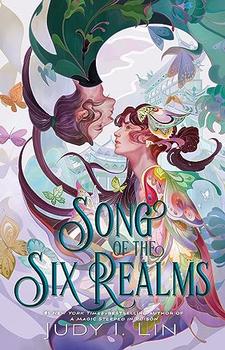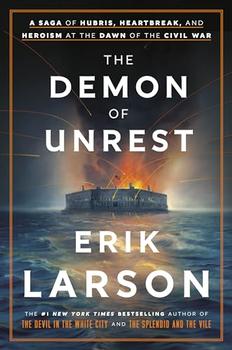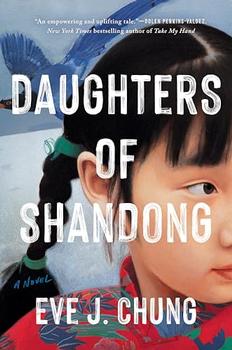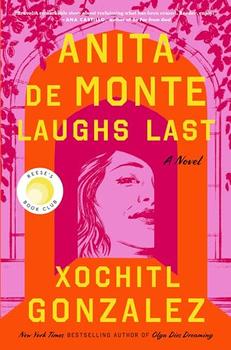Reading Guide Questions

Please be aware that this discussion guide will contain spoilers!
What are the other commonly espoused answers to "Yali's question," and how does Jared Diamond address and refute each of them?
Why does Diamond hypothesize that New Guineans might be, on the average, "smarter" than Westerners?
Why is it important to differentiate between proximate and ultimate causes?
Do you find some of Diamond's methodologies more compelling than others? Which, and why?
What is the importance of the order of the chapters? Why, for example, is "Collision at Cajamarca"—which describes events that occur thousands of years after those described in the subsequent chapters—placed where it is?
How are Polynesian Islands "an experiment of history"? What conclusions does Diamond draw from their history?
How does Diamond challenge our assumptions about the transition from hunter-gathering to farming?
How is farming an "auto-catalytic" process? How does this account for the great disparities in societies, as well as for the possibilities of parallel evolution?
Why did almonds prove domesticable while acorns were not? What significance does this have?
How does Diamond explain the fact that domesticable American apples and grapes were not domesticated until the arrival of Europeans?
What were the advantages enjoyed by the Fertile Crescent that allowed it to be the earliest site of development for most of the building blocks of civilization? How does Diamond explain the fact that it was nevertheless Europe and not Southwest Asia that ended up spreading its culture to the rest of the world?
How does Diamond refute the argument that the failure to domesticate certain animals arose from cultural differences? What does the modern failure to domesticate, for example, the eland suggest about the reasons why some peoples independently developed domestic animals and others did not?
What is the importance of the "Anna Karenina principle"?
How does comparing mutations help one trace the spread of agriculture?
How does civilization lead to epidemics?
How does Diamond's theory that invention is, in fact, the mother of necessity bear upon the traditional "heroic" model of invention?
According to Diamond, how does religion evolve along with increasingly complex societies?
How is linguistic evidence used to draw conclusions about the spread of peoples in China, Southeast Asia, the Pacific, and Africa?
What is the significance of the differing outcomes of Austronesian expansion in Indonesia and New Guinea?
How does Diamond explain China's striking unity and Europe's persistent disunity? What consequences do these conditions have for world history?
How does Diamond refute the charge that Australia is proof that differences in the fates of human societies are a matter of people and not environment? In what other areas of the world could Diamond's argument be used?
What aspects of Diamond's evidence do lay readers have to take on faith? Which aspects are explained?
Diamond offers two tribes, the Chimbu and the Daribi, as examples of differing receptivities to innovation. Do you think he would accept larger, continent-wide differences in receptivity? Why or why not? How problematic might cultural factors prove for Diamond's arguments?
How, throughout the book, does Diamond address the issues he discusses in the last few pages of his final chapter, when he proposes a science of human history?
Unless otherwise stated, this discussion guide is reprinted with the permission of W.W. Norton & Company.
Any page references refer to a USA edition of the book, usually the trade paperback version, and may vary in other editions.




